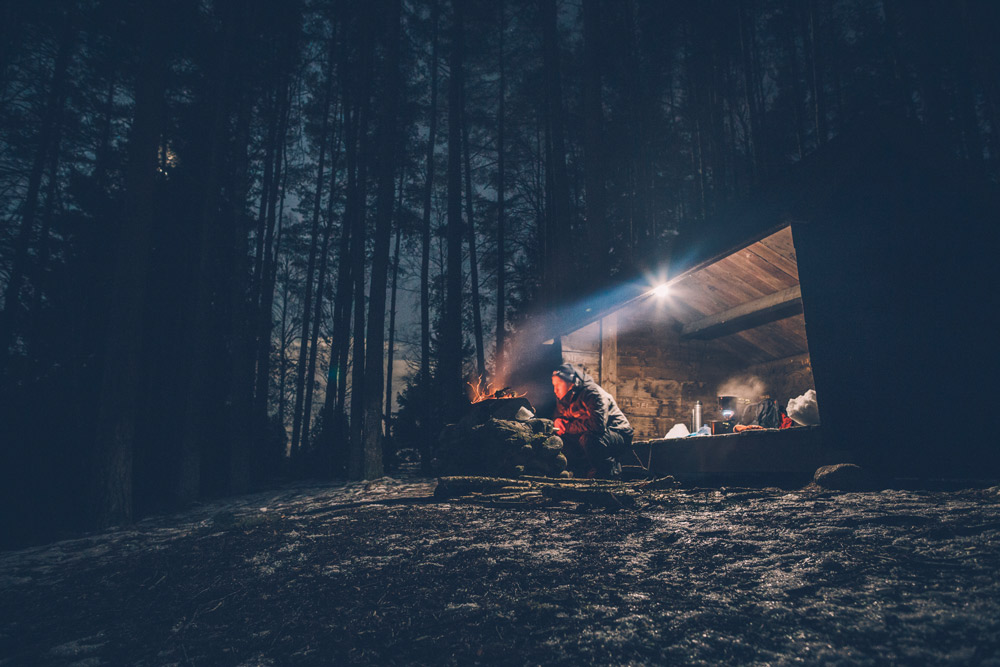IT’S NOT WHAT YOU SPEND, IT’S THE RETURN ON YOUR INVESTMENT.
Every once in a while, I get feedback about articles that feature high-end gear. The comments are typically respectfully presented as they ask, ultimately, if I’ve lost a screw or two.
Paraphrasing, these comments go something like, “Who can afford a small plane to bug out with?” “Bug Out Above the Chaos”; “It’s pretty bad-ass, but I’m not spending $250K on a custom bug-out vehicle!” “Lucky Gunner Garage PSV: The Ultimate Bug-Out Buggy”; or “I can get a lot of good gear with the $300 they want for that knife in your Gear Guide!”
I want you to know we get that. Heck, I can’t afford any of those things, but I’m still curious about them and hope that, if nothing else, our readers will pick up a useful tidbit or two or at least be entertained or intrigued by the article.
I follow DuPont Registry, but I’ll never have the cash or driving skills to run a Ferrari or Lamborghini.
Even so, they’re interesting to look at and often provide some insight on technology and performance features that could eventually make their way to my local Chevy dealer.
Feedback—of any kind—is good, and I want you to know that we do pay attention. This month’s cover story is about an off-road vehicle that’s much more popularly priced than its bigger and much-badder distant cousin, the Lucky Gunner PSV.
While $17K is still not chicken feed, it’s less of a stretch for those of us who have woodland camps and working homesteads. Could you spend less and get an older pickup or SUV? Sure.
Frankly, no matter the deal, someone can always do better. But the ROXOR is a pretty interesting vehicle with a lot of history, an upside and, we think, more than a little appeal.
Believe me, I’m the guy puttering along on my 2006 Suzuki cruiser when the guys straddling $25K Harleys go zooming by. We get to the same places, but we do it in a different way, so I do get it.
Frequent contributor Steve Barlow had the opportunity to run a ROXOR on some backwoods trails in upstate New York. He came away impressed, so it might be worth your time reading his review.
I can confidently state that Christopher Nyerges’ article—aptly titled “No Budget? No Problem!“—will bring you to the other end of the spending spectrum. Christopher has more decades in the wild than most of us have on the planet, and he’s “been there and done that” without lugging around scads of pricey gear.
Additionally, if you’re into minimalist prepping and serious about getting the biggest bang for your buck, here are a couple of other articles he’s written for American Survival Guide: “Simple and Thrifty Preps” and “You’d Rather Lather Naturally”. Both are certain to help you keep your cash in your own pocket.
Brian M. Morris also got into the “penny-wise” prepping spirit with his piece on building a low-cost home water catchment system. Potable water isn’t top-of-mind for most people right now (unless water bottlers have been effected by pandemic-related output reductions since this was written), but it’s one topic that should always be part of your plans.
Brian’s simple system can be constructed for less than $75 and can provide years of trusty water collection for your garden, livestock or morning coffee.
Our newest contributor, Kyt Lyn Walken (not related to Christopher), gives us some background and practical advice for a skill that has high value and requires low overhead.
Tracking is critical for successful hunters, as well as for those concerned about maintaining the highest level of security around camp and elsewhere. She shares many of the tips she’s learned and developed over many years as both a student and instructor.
As always, we hope you enjoy and benefit from this issue of ASG. If you feel the need to send us some feedback on subjects we’ve covered—or any we haven’t—drop me an e-mail: mmccourt@engaged.media.
Editor’s note: A version of this article first appeared in the August, 2020 print issue of American Survival Guide.


